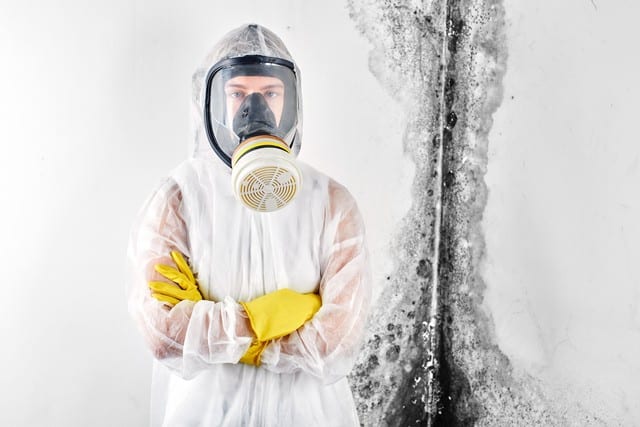Mould Info
What is Mould?
Mould is a fungus that grows in damp, dark and warm places. They can grow on food, fabrics and paper and may be visible as spots or patches.
Moulds get their energy by digesting organic matter such as food, paper and leather. They produce spores which are microscopic pieces of mould that air currents can spread. Some moulds produce mycotoxins that can be harmful to humans and animals.
Help is just a click away
Is mould a common problem?
Yes. Moulds are a common problem in homes and businesses. They can grow on almost any surface, including walls, ceilings and floors. Mould is often found in areas where there is excessive moisture, such as bathrooms, kitchens and laundry rooms. Many people are not aware that mould is a problem in their homes, or they don’t know how to tell if they have a mould problem.
What does mould look like?
There are many different types of mould. They can range in colour from white to black, and some even have blue or green colours. The most common type of mould is black and looks like a thin layer of furry dirt. Mould can also be pink, yellow or green in colour.

Get rid of mould in your home

Is mould dangerous to your health?
People who are allergic to mould may experience symptoms such as sneezing, runny nose and watery eyes. Some people can develop severe allergy symptoms such as asthma or hay fever. People with weakened immune systems or respiratory problems are at greater risk of developing mould-related health problems. Mould can also trigger asthma in children and adults who have not had any previous symptoms. Exposure to toxic moulds may cause sore throats, coughs, chest pains and skin rashes.
How do you know if you have mould in your home?
f you have mould in your home, it is important to identify and remove it. The following are some ways to identify the presence of mould in your home:
Musty odour – you may notice an unpleasant musty odour when you enter certain rooms in your home, especially after it has been closed up for several hours or overnight (e.g. a bedroom).
Dark patches or stains – mould can cause dark patches or stains on surfaces that are moist, such as windowpanes, shower curtains and the walls of your bathroom.
Damage – you may notice that some parts of your home have been damaged by mould. This includes discoloured wallpaper, peeling paint and warped wood.
Discoloured surfaces – mould may also discolour your home’s walls, ceilings and even furniture. You may notice a dark brownish-black stain on the surface of your ceiling or wall. This stain is caused by airborne spores that have settled on the surface of your home.
If you notice any of these signs in your home, it’s important to get a mould inspection carried out as soon as possible. This can help you identify the source of the problem and find ways to treat it.
What damage can mould cause?
Mould can cause a number of issues in your home. The most common problem is damage to the walls and ceilings, which can be caused by water leakages that allow mould to grow. Mould growth inside your home can also lead to respiratory problems such as asthma attacks.
Having mould in your home can also cause an unpleasant smell, which will affect the air quality of your home. If you are suffering from any of these problems, it’s important to get them checked out as soon as possible.
How to remove mould?
To remove mould from your home, you’ll need to first identify the source of the problem. You may have a leak or moisture issue that must be repaired before clearing the mould. If you do find mould in your home, there are several ways to remove it, such as using bleach or vinegar, which are both effective at killing mould and mildew.
However, calling a professional is always the best way to remove mould. Reliance Mould Solutions have the right tools and equipment to remove mould without causing any damage to your home safely.